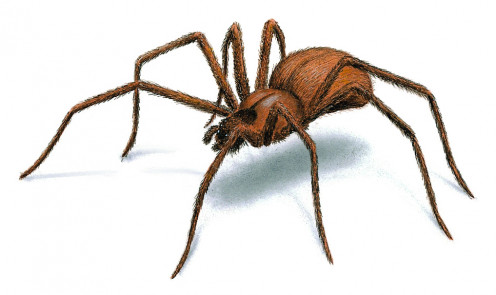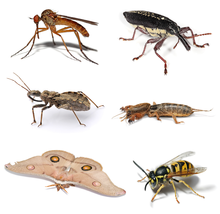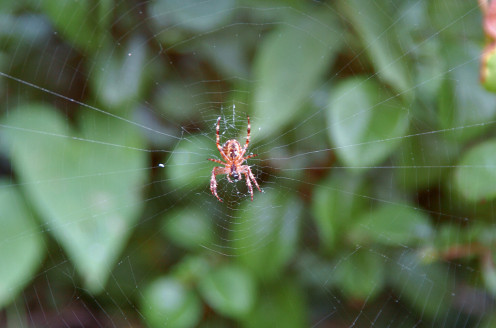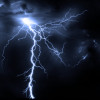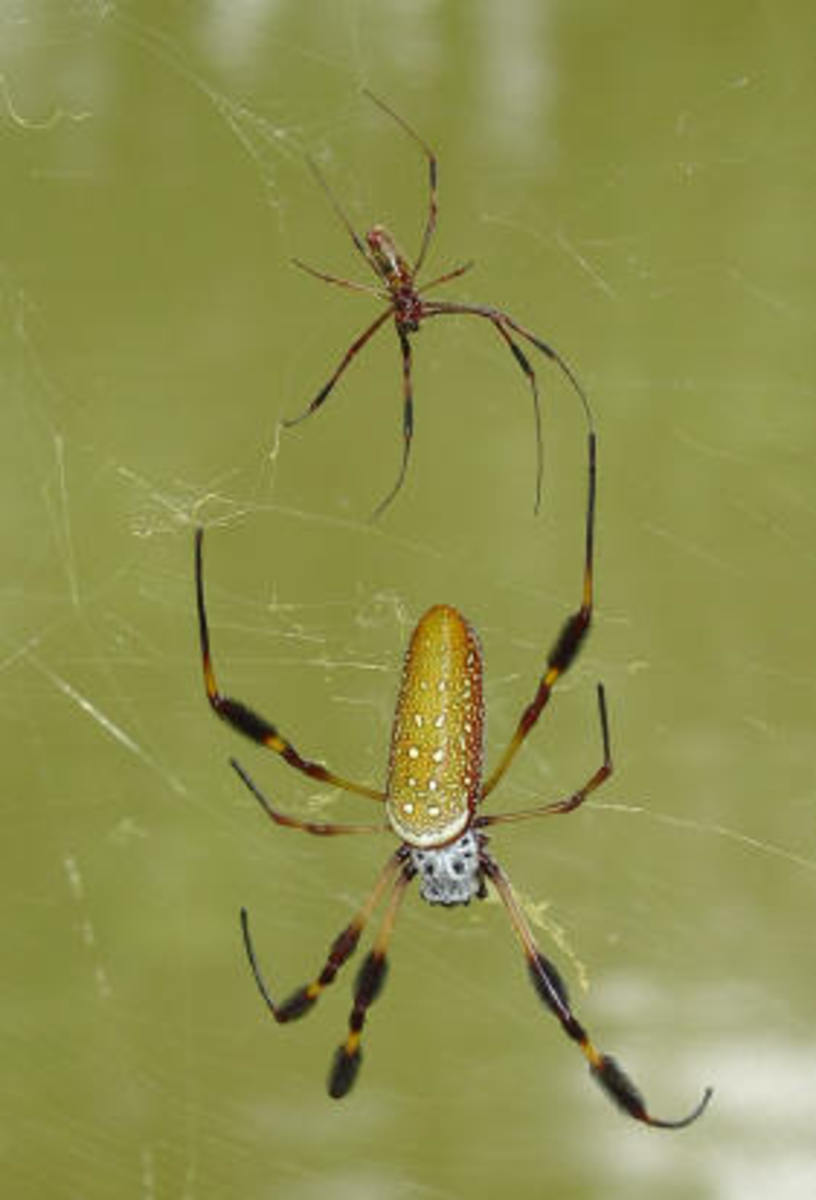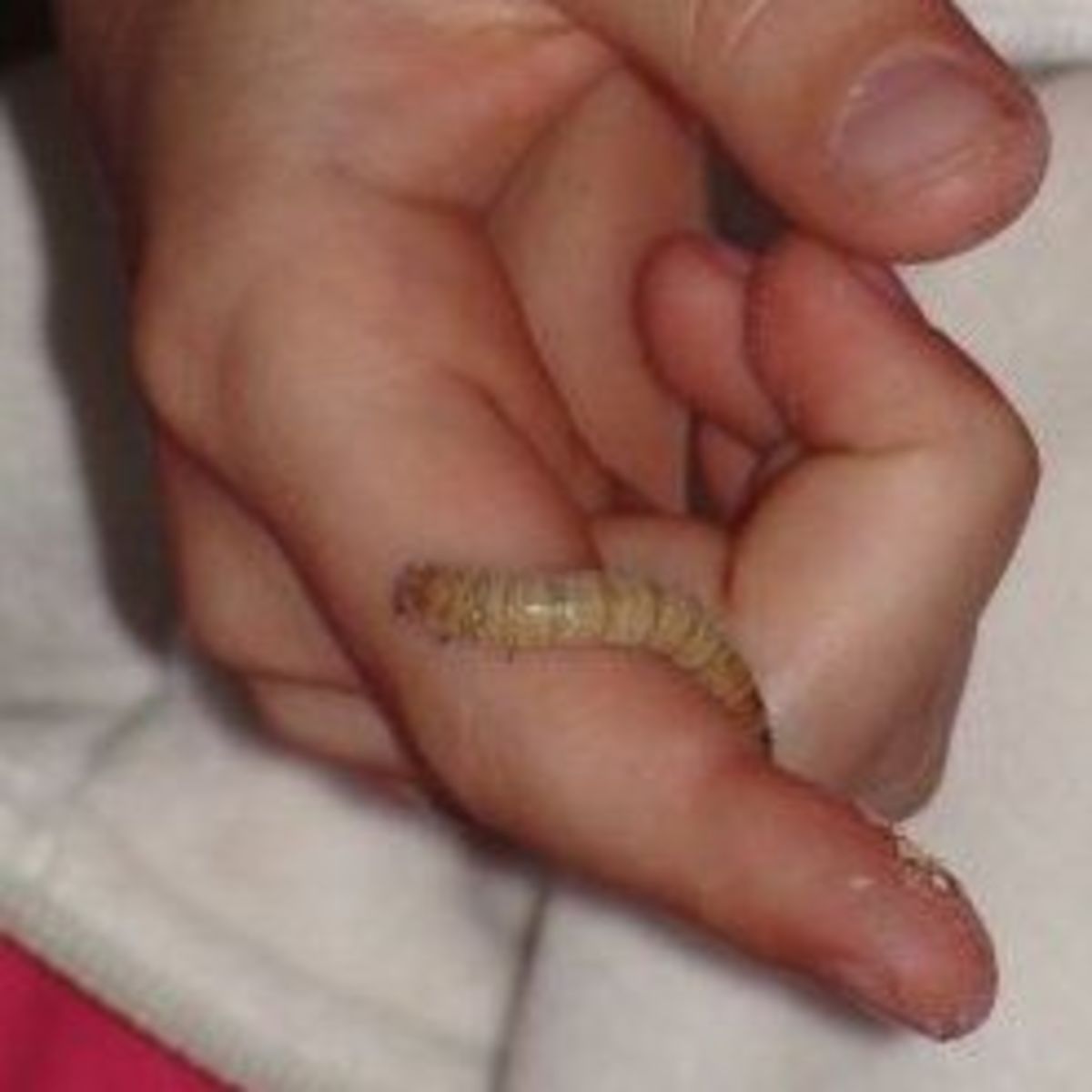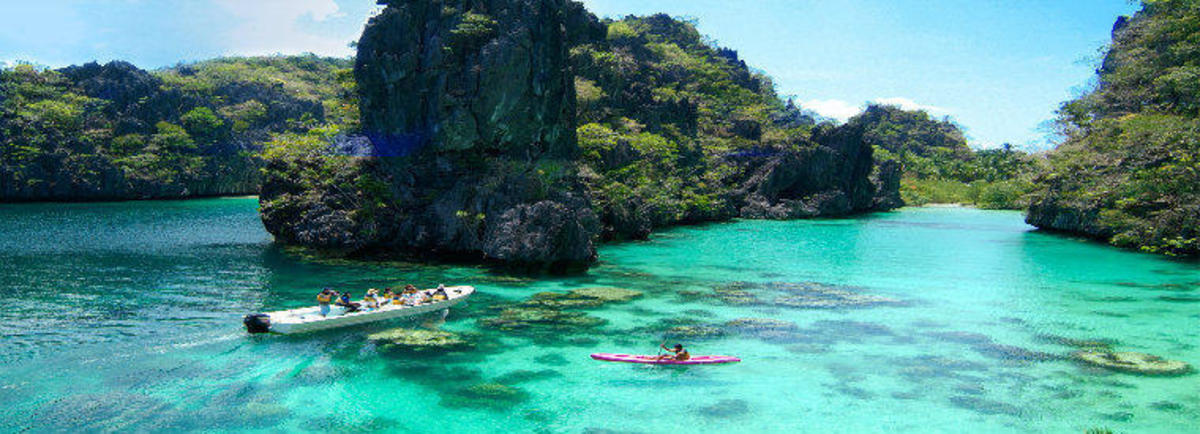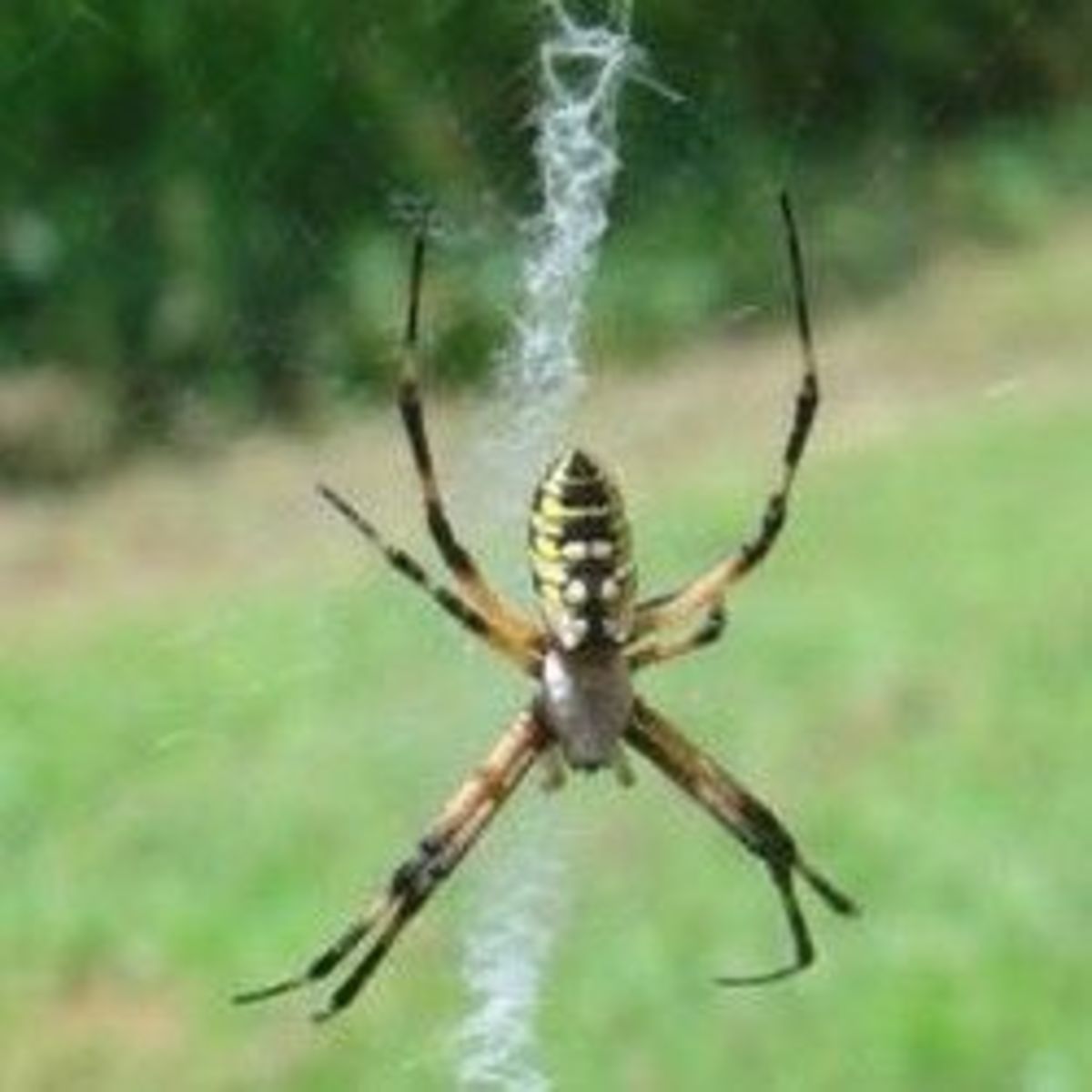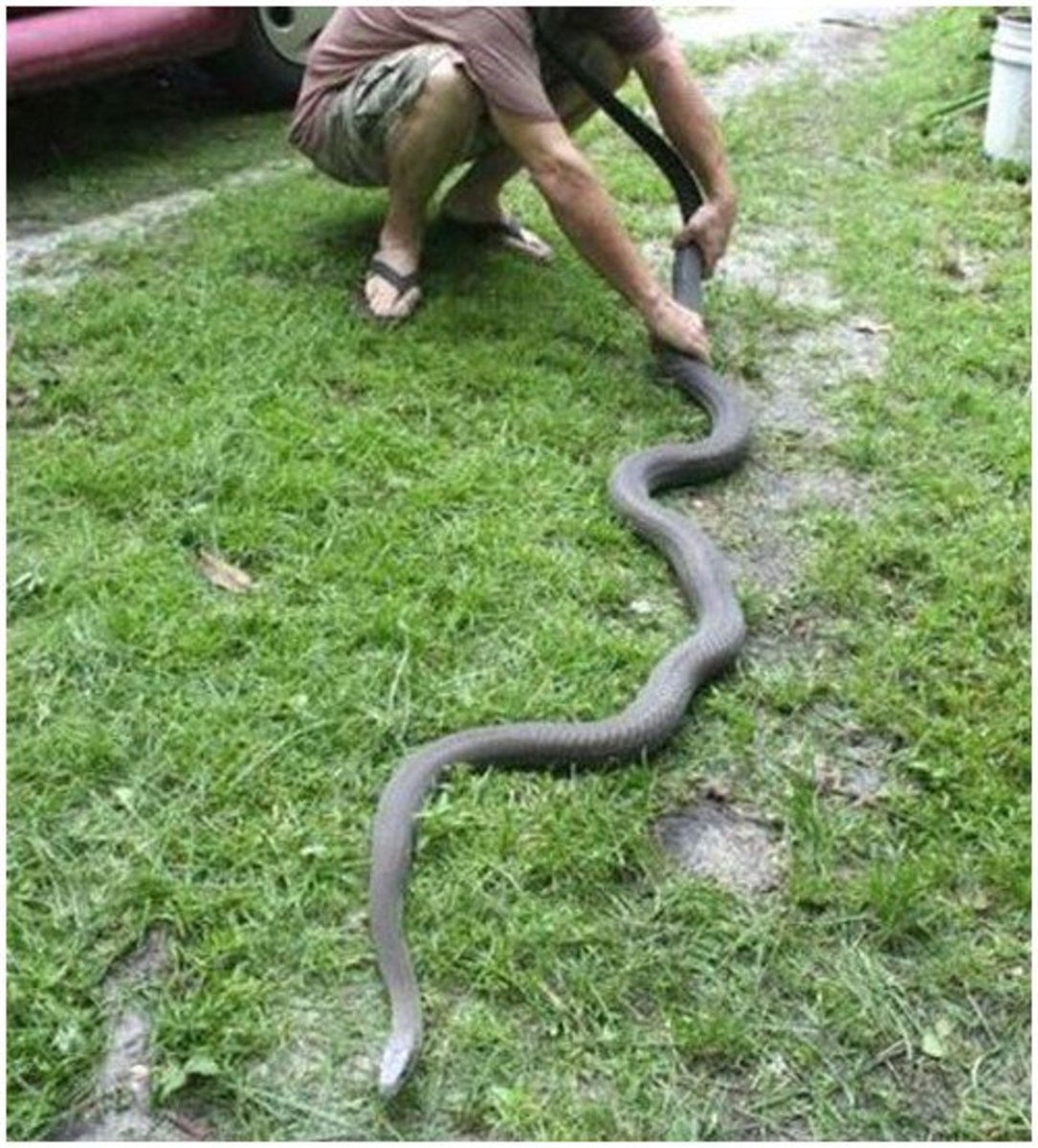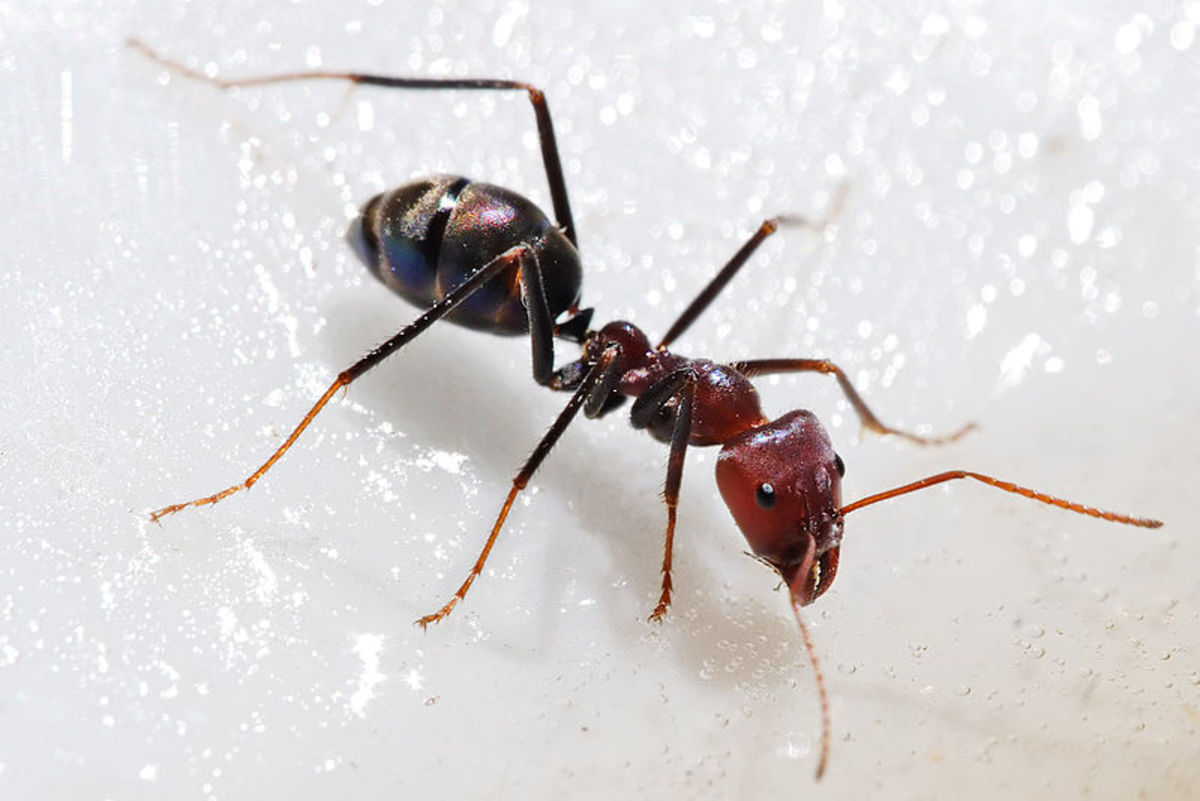Insects and Spiders
Updated on September 18, 2015
What is the difference between insects and spiders..?
Many people think spiders are insects. Perhaps this is because at first glance spiders do look like some insects, especially when you disturb them and they scuttle away to shelter. If we look more closely, however, we see that there are many differences between them.
Spiders belong to a group of animals called the Arachnida, which also includes tiny creatures called mites, scorpions, and much larger animals called king crabs (although they are not really true crabs at all). Spiders have a body with eight legs, whereas all adult insects have six legs. In addition, an insect`s body is clearly divided into three parts – head, thorax and abdomen – whereas a spider`s is divided into two parts. Another important difference is that no spider can fly, but of course, most insects have wings and indeed the power of flight has been one of the major reasons for their great success. If you spend a little time studying insects and spiders, you will soon find that there are many other differences between them, not only in their appearance, but also in their ways of life.
How do spiders catch their food..?
All spiders are carnivorous, in other words, they catch and eat other animals. Many spiders build webs in which they trap their food. The web is made from a sticky, silken substance which the spider spins from silk glands within its body. Once the spider has completed the web, it lies patiently in wait for some small creatures such as an insect to become trapped on the sticky strands. As the victim struggles to free itself, its movements are felt by the spider which quickly scuttles across and delivers a bite. The spider`s fangs contain a poison which paralyses the prey, then, if the spider does not want to eat straight away, it wraps the insect in a coating of silk and stores it for another time.
Although many spiders catch their food in this way, not all spiders build webs, and those that do not must find some other way of hunting their prey. The trapdoor spider builds a burrow which it lines with silk, and then covers with a lid. Within the burrow it lies completely hidden, and when a small, unsuspecting animal passes by, the spider springs from the burrow, drags the animal in and quickly overpowers it. Bird eating spiders often hide in bark of tropical tress and eat young fledgling birds, although most spiders are too small to eat birds. The wolf spider is a more active hunter, running after small insects and then jumping on them in order to overpower them.
How does the water spider breathe...?
The water spider is a rarity among spiders, for it builds its web under water, attached to pond plants. The web or ‘bell’ is made of very finely woven silk strands which are waterproof. Even though it lives under water, the water spider must breathe air, like all spiders. So, once the bell is complete, the water spider climbs to the surface of the pond and traps a bubble of air on the tiny hairs of its body. It takes this bubble back down to the bell and once inside, releases it. After several trips the bell is full of air, and the spider then has an air-filled nest in which it can live.
Water spiders do not use their webs to catch food as many spiders do. Instead, they hunt tiny water creatures called water lice and take them back to their bell to eat them in safety. Water spiders are found in ponds all over Europe and although not native, are now also to be seen in parts of the United States of America.
How can insects walk on water..?
Some insects, like the one shown above, can actually walk in the surface of the water. They do this by spreading their weight very carefully as they move. You can see that little dents occur in the surface where the ends of their legs touch it. This means that the surface of the water has been ‘stretched’ but not broken by the weight of the insect.
We can see from this that water acts as though it has a skin. Water, like all other matter is made up of tiny particles called molecules. Water molecules pull or attract one another. If the insect pushes on the water with less force than the attraction of the molecules it can walk across the surface. However, if it is too heavy or too clumsy, it will break the surface and must swim or sink. We call this effect surface tension.
